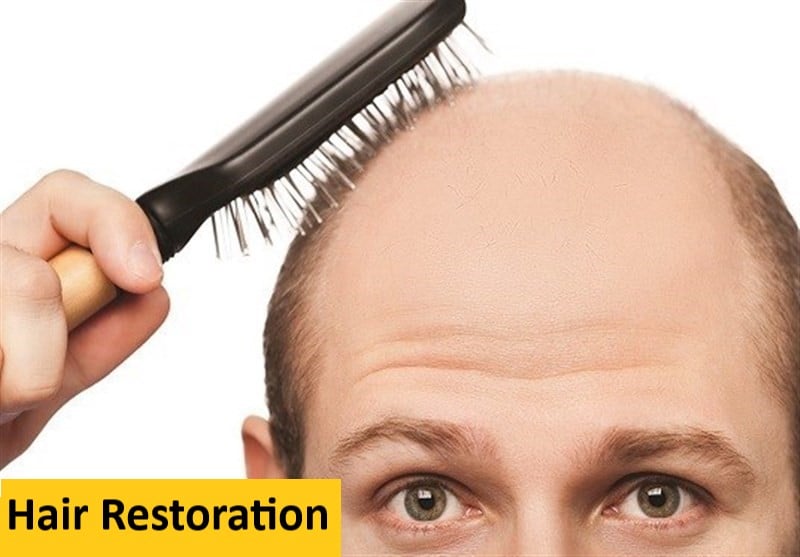
Hair restoration is the other name for hair transplant operation and hair transplantation. As the name suggests, it is the restoration of lost hair.
However, the name can also be a misnomer because lost hair is not restored with an abundance of hair and it is not someone else’s hair but the patient’s own hair.
What is hair restoration then?
It is the moving of the hair loss sufferer’s own hair from one place to the other. More specifically, hair restoration is implemented in men and women with male pattern hair loss.
That is the type of hair loss where the sides and the back of the head are with hair but the top and the hairline areas are losing hair. Blame the genetics for that – the male hormones cause the hair to shrink and fall out in the frontal areas but the back of the head remains strong.
The surgeons use mainly two different methods (FUT or FUE) to extract (take) the hair follicles on the back of the head of the hair loss sufferer. It is the sufferer’s own hair that is extracted, and not someone else’s.
They make small incisions on the bald areas. Then they transplant the extracted hair into these incisions. The patient does not feel any pain as local anesthesia is administered to the scalp. The patient can read and watch a film during the operation. They can often resume their daily activities after the operation.
Some tiny scabs form where the hair has been transplanted but they fall off in a few days. The transplanted hair falls out in the beginning, and they start growing back in a few months up to one year.
This is due to the natural growth cycle of the hair. The transplanted hair will be in the growing stage once transplanted and will finally grow. The transplanted hair is also permanent.








